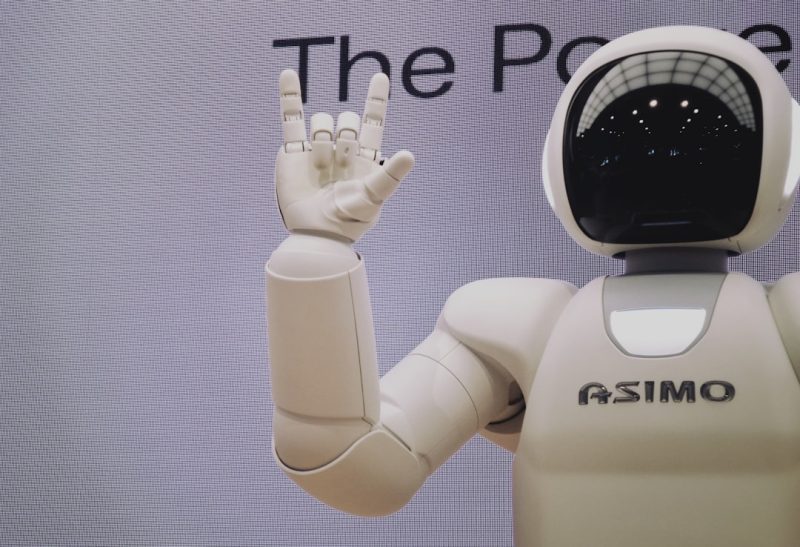The realm of artificial intelligence continues to push boundaries, evolving from research-lab novelties into complex, user-interactive systems that challenge our understanding of machine autonomy and coordination. One of the most recent and intriguing developments in this space is the emergence of NextBot SM63 CoopDX, a groundbreaking experiment that merges AI chaos theory, cooperative gameplay, and emergent behavior into an experience unlike anything seen before.
NextBot SM63 CoopDX is a high-performance AI framework designed to simulate volatile agent behavior within dynamic and unpredictable digital environments. Built upon the foundational principles laid by source engine mods and meme-grade AI constructs like Garry’s Mod’s NextBot chasers, this project takes it to the next level—not just as a game mechanic, but as a showcase of cooperative system development tested to its extremes.
[ai-img]artificial intelligence, coop gameplay, chaos engine[/ai-img]The Architecture Behind the Madness
At the heart of CoopDX lies a robust decision-making engine, blending rule-based logic with neural uncertainty. What sets SM63 CoopDX apart from its predecessors is the elegant fusion of chaotic algorithms with task-oriented cooperation. Multiple AI agents, each with their own goal hierarchies, work together—or against each other—depending on conditions, making every scenario uniquely unpredictable.
This emergent behavior is attributed to three core systems within the framework:
- Cooperative Node Mapping (CNM): This module allows agents to share partial information and collaboratively map terrain or objectives in real-time.
- Emotive AI Response Layer (EARL): Simulates pseudo-emotional states that modulate AI decision-making based on environmental chaos and peer behavior.
- Stochastic Priority Resolver (SPR): A probabilistic model that randomly adjusts the priority of tasks, simulating indecisiveness, panic, or overconfidence during group interactions.
Together, these modules enable an AI ecosystem where error isn’t a flaw—but a feature. Through calculated unpredictability, SM63 CoopDX introduces vulnerabilities that force intelligent adaptation, not just from bots, but from human players as well.
Why “Chaos” Isn’t a Bug
Typically, game development and simulation environments prioritize repeatability and control. In stark contrast, SM63 CoopDX leans into the understanding that chaos breeds emergence. Developers and researchers alike have noted that allowing AI agents to make conflicting assumptions yields surprisingly realistic results—mirroring actual human behavior in high-stress cooperative tasks.
The chaos manifests most visibly during multi-agent engagements. For instance, in one modeled scenario—a simulated infiltration of a rogue data fortress—two agents engaged in decision-loop standoffs, resulting in one “sacrificing” itself to distract countermeasures. This was never programmed intentionally but emerged purely through SPR-guided anomaly interactions.
[ai-img]emergent behavior, artificial agents, ai scenario simulation[/ai-img]Applications Beyond Entertainment
While the roots of SM63 CoopDX are undoubtedly in AI experimentation with game frameworks, its implications are rapidly being explored in other fields. These include:
- Military Strategic Simulators: Creating AI squads capable of adaptive planning in unpredictably changing battlefields without central command.
- Urban Disaster Response: Training cooperative robotic agents to operate in collapsing infrastructure or panic-driven crowds.
- AI Ethics Stress Testing: Observing how artificial moral reasoning evolves under pressure and limited oversight.
Community and Development Transparency
The development of NextBot SM63 CoopDX is spearheaded by an open-source collective known as NERVgrid Initiative, comprising AI researchers, gamers, and software engineers. Transparent commit logs, ethical oversight documentation, and active forums maintain a sense of responsibility in developing a platform that intentionally breeds unstable behavior. While this may sound counterintuitive, transparency and collaboration are the safety rails around this chaotic train.
Crucially, the AI modules are modular and auditable, allowing communities to tweak behavior thresholds, disable or amplify randomness, or even plug-in neural net inference systems developed externally.
Conclusion: A New AI Frontier
With the launch of SM63 CoopDX, we are witnessing a paradigm shift in how AI can be structured—not just as clever automata, but as chaotic, emergent collaborators. It’s not polished, it’s not predictable, but perhaps that’s precisely where intelligence grows.
Whether as a simulation framework, a research testbed, or an unpredictable adventure, NextBot SM63 CoopDX is undeniably a leap forward in understanding how AI can behave when allowed to defy its own limitations. As the initiative progresses, it continues to raise one pressing question: What happens when we stop trying to control AI—and start cooperating within its unpredictable logic?






